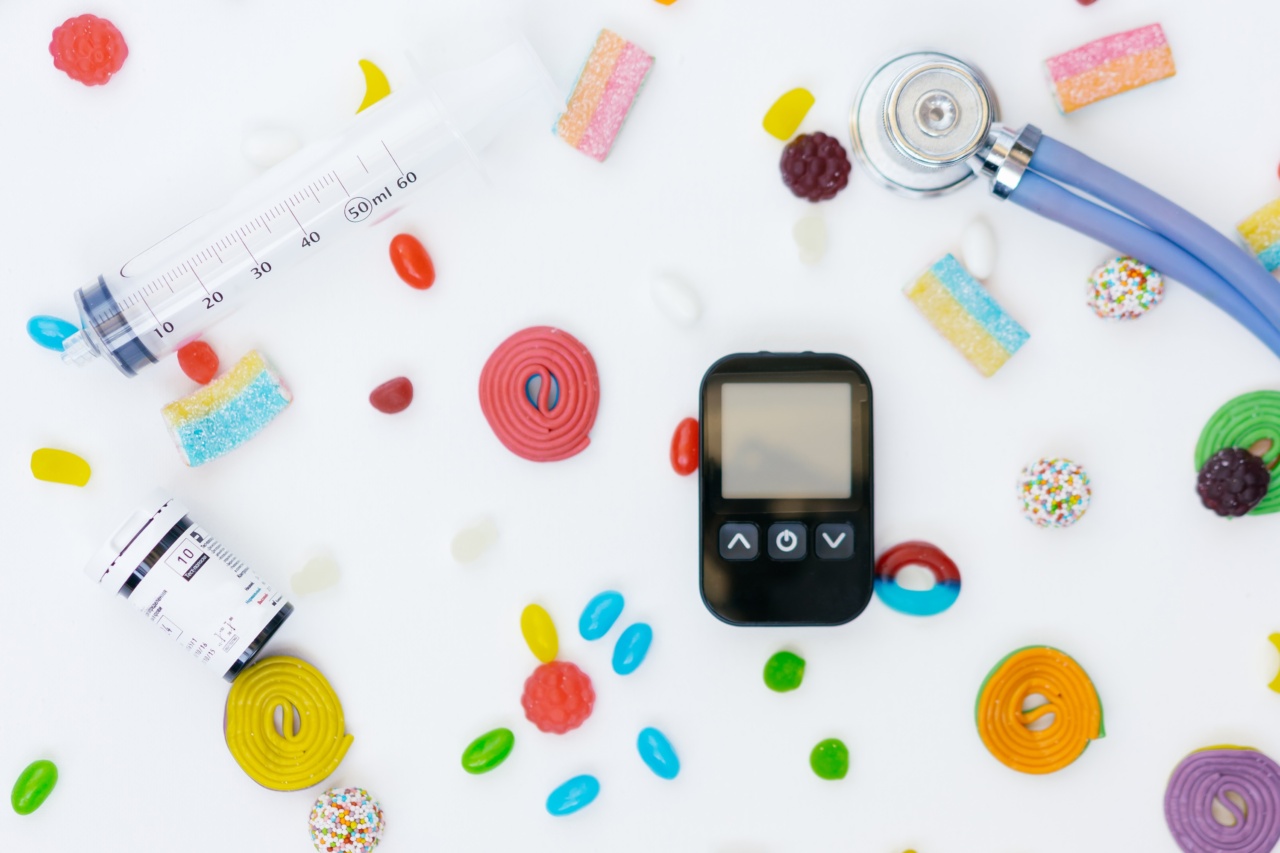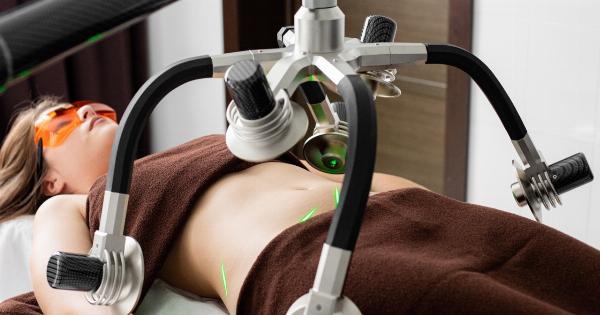Exercise has long been touted as an essential component of a healthy lifestyle. From improving cardiovascular health to boosting mood and aiding in weight loss, the benefits of regular physical activity are numerous.
But did you know that exercise can also play a role in reducing liver fat? In this article, we will explore the science behind exercise and its impact on liver fat reduction.
Fatty Liver Disease: A Growing Public Health Concern
Fatty liver disease, also known as hepatic steatosis, is a condition characterized by the accumulation of fat in the liver. It is becoming increasingly common, with an estimated 25% of the global population affected.
Fatty liver disease can be caused by various factors, including obesity, alcohol consumption, and certain medical conditions. If left untreated, it can progress to more severe conditions such as non-alcoholic steatohepatitis (NASH) and cirrhosis.
The Role of Exercise in Liver Health
Exercise has been shown to have a positive impact on liver health in several ways. First, it can help promote weight loss and reduce body fat, which in turn can lead to a reduction in liver fat.
Additionally, exercise has been found to improve insulin sensitivity, which is crucial for managing blood sugar levels and preventing the development of fatty liver disease.
Influence of Exercise on Fat Metabolism
Regular exercise can stimulate the breakdown of fat molecules, including those stored in the liver. During exercise, the body’s energy demands increase, resulting in the mobilization of stored fat to provide fuel.
This process, known as lipolysis, can help reduce liver fat content.
Effects of Aerobic Exercise on Liver Fat
Aerobic exercise, such as running, cycling, or swimming, has been shown to be particularly effective in reducing liver fat.
Studies have demonstrated that regular aerobic exercise can lead to a significant decrease in liver fat content, even in the absence of weight loss. This suggests that the benefits of exercise on liver health extend beyond its impact on body weight.
Resistance Training and Liver Fat Reduction
In addition to aerobic exercise, resistance training can also have a positive effect on liver fat reduction. Resistance exercises, such as weightlifting, push-ups, and squats, help build lean muscle mass.
Increased muscle mass has been associated with improved insulin sensitivity and a reduced risk of fatty liver disease.
The Impact of Exercise Intensity and Duration
The intensity and duration of exercise can influence its effect on liver fat reduction.
High-intensity interval training (HIIT), which alternates between short bursts of intense activity and short recovery periods, has been found to be particularly effective in reducing liver fat. HIIT has been shown to elicit greater fat-burning effects compared to continuous moderate-intensity exercise.
Combining Exercise with Dietary Modifications
While exercise alone can have a positive impact on liver fat reduction, combining it with dietary modifications can further enhance the results. A diet that is low in processed foods, added sugars, and saturated fats can help support liver health.
By combining exercise with a healthy diet, individuals can maximize the benefits and achieve greater reductions in liver fat content.
Additional Benefits of Exercise for Liver Health
Beyond reducing liver fat, exercise offers numerous additional benefits for liver health.
Regular physical activity has been shown to reduce inflammation, improve liver function, and lower the risk of developing more severe liver conditions, such as NASH and cirrhosis. It can also enhance overall metabolic health and reduce the risk of chronic diseases, such as type 2 diabetes and cardiovascular disease.
Conclusion
The evidence is clear: exercise plays a crucial role in reducing liver fat and promoting liver health.
Whether through aerobic exercise, resistance training, or a combination of both, regular physical activity can lead to significant improvements in liver fat content and overall metabolic health. It is important to remember that exercise should be combined with a healthy diet for maximum effectiveness.
By incorporating exercise into our daily routines, we can take active steps towards improving liver health and reducing the risk of fatty liver disease.





























